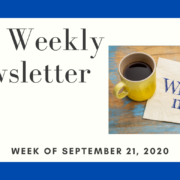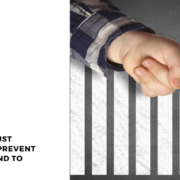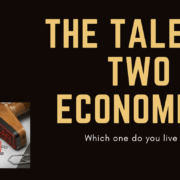The New Eviction Moratorium
Last month the CDC enacted an eviction moratorium on the grounds that removing a mass amount of people from their homes would worsen the pandemic. While this may seem like it should be a relief to renters the pandemic has put at risk of eviction, by some estimates up to 40 million people, it is, as Emily Benfer, visiting professor of law at Wake Forest University says, a “temporary and incomplete measure.”
The eviction moratorium does not forgive rent due or provide rental assistance and it continues to allow landlords to tack on late fees and other penalties for not paying rent. While better than nothing, it does little more than kick the ball down the road. When it expires in December, America will still have to reckon with the greatest housing crisis in our nation’s history.
It is also not a blanket measure; renters seeking protection from eviction need to fill out an application (click here) and deliver it to their landlord. They are also required to prove that they are doing their best to make payments.
Tenants have to declare under threat of perjury that:
- They cannot pay their full rent due to a “substantial loss of household income, loss of compensable hours of work or wages, lay-offs, or extraordinary out-of-pocket medical expenses.”
- They have used best efforts to obtain all available government rent assistance.
- They expect to earn no more than $99,000 this year or $198,000 if they file a joint income tax return.
- They are “using best efforts” to make partial rent payments.
- They would likely become homeless, move into a shelter or “into a new residence shared by other people who live in close quarters” if they were evicted.
And the eviction moratorium isn’t stopping evictions completely. In Milwaukee County, Wisconsin, 727 eviction actions were filed through Wednesday. Legal experts that many tenants don’t even know there is an eviction moratorium.
In addition to providing no rental assistance to tenants, it offers no aid to landlords who still have to pay mortgages. There are currently two large lawsuits including suits from The National Apartment Association and a group of landlords along with the New Civil Liberties Alliance against the CDC and Trump administration that seek to roll back the current moratorium.
These are extraordinary and desperate times and they deserve appropriately expansive legislation to address the scope of the issues. This moratorium is entirely inadequate. Congress needs to pass a comprehensive stimulus package that directly addresses these issues and provides rental assistance before the economy is dragged down any further.
Yours in Strength,
The Take Back Control Team










